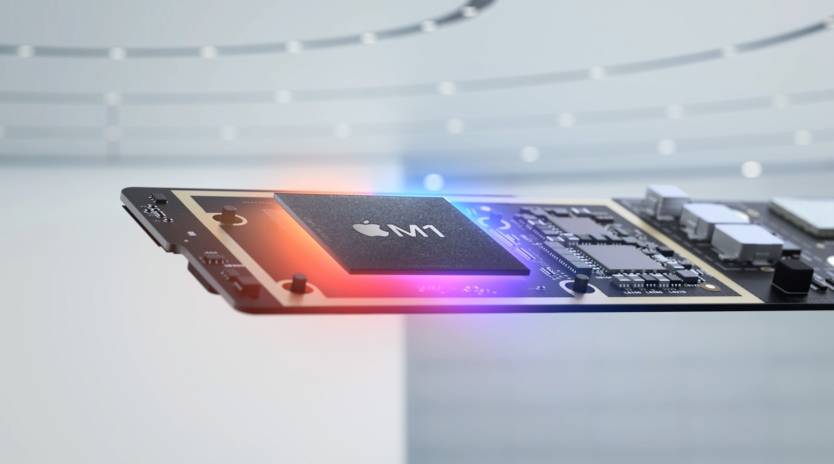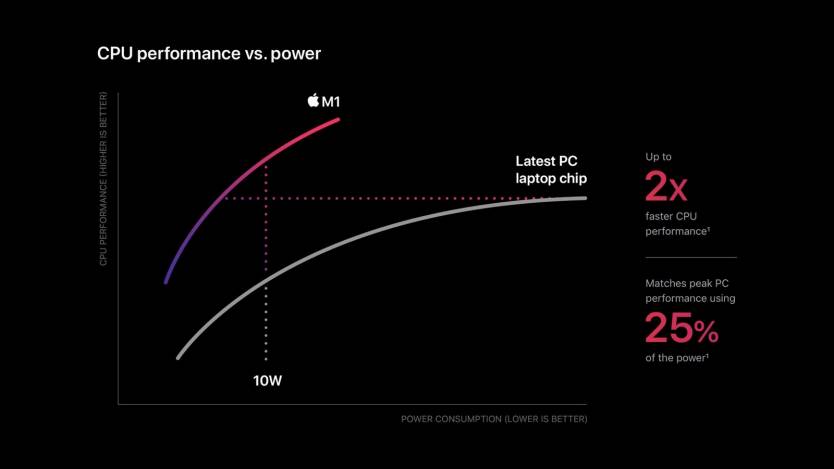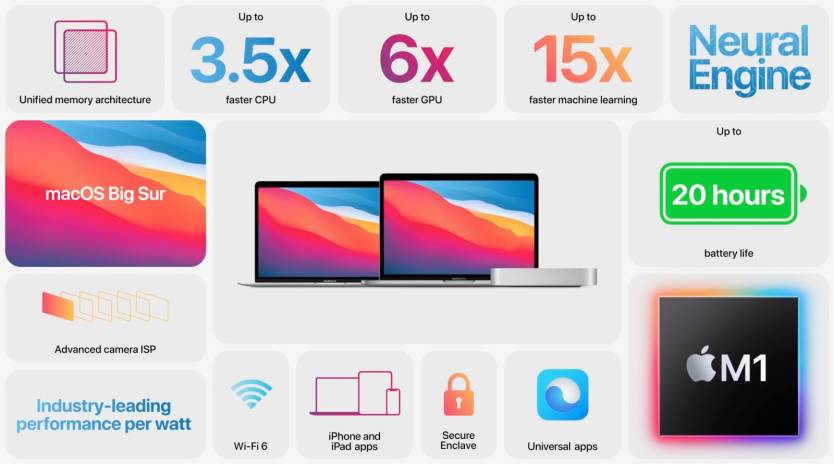- Apple unveiled on Tuesday its first-ever MacBooks powered by an ARM processor, and the event started with the introduction of the Apple Silicon: Meet the Apple M1.
- The Apple M1 is a variation of the A14 Bionic chip seen in the iPhone 12 series.
- The M1 packs an eight-core CPU, eight-core GPU, neural engine, and unified memory architecture.
It’s November 10th, which means it’s the day of Apple’s third and probably final press event of the second half of the year. After Apple Watch and iPads in September and the iPhone 12 series in October, it’s now time for Apple to unveil the biggest change for the Mac in many years. The Apple Silicon that will power MacBooks, iMacs, and Mac Pros in the future. And it all starts with the A14 Bionic version that Apple created for the Mac. It’s called the Apple M1.
“We’ve been making Apple Silicon for over a decade,” Apple’s vice president on hardware engineering John Ternus said on the virtual stage before passing the baton to Johny Srouji, Apple’s chip guru.

The M1 will deliver a “giant leap” in performance-per-watt, the exec said. He explained that Apple can now replace a bunch of chips that are usually found on the regular motherboard of a laptop or tablet with a single System-on-Chip (SoC) design. Just like it happens on the iPhone. And like the A14 Bionic, the M1 is a 5nm processor that’s unlike anything seen in the industry. The Apple M1 features 16 billion transistors, compared to nearly 12 billion for the A14 Bionic.

The M1 includes the CPU, GPU, the neural engine, and unified memory architecture.
The Apple M1 features eight cores, two more than the iPhone, including 4 high-performance single-thread ones, which Srouji says it’s the “world’s fastest CPU core.” On their own, the 4 high-efficiency cores deliver the same kind of performance as a current Intel-powered dual-core MacBook Air.
The high-performance cores support ultra-wide execution architecture, 192KB instruction cache, 128KB data cache, and shared 12MB L2 cache. The high-efficiency cores support wide execution architecture, 128KB instruction cache, 64KB data cache, and a shared 4MB L2 cache.

The exec also said the M1 delivers the best performance-per-watt in the industry, teasing that M1-powered MacBooks will have even better battery life than Intel-powered MacBooks.
The Apple M1 also features an eight-core GPU, which Apple says it’s “the most advanced graphics processor we have ever created.”

The neural engine has 16 cores on the M1, capable of 11 trillion operations per second.
Other features include Thunderbolt and USB 4 support, as well as an advanced image signal processor. The M1 will also incorporate a secure enclave that will handle all security matters on the device.








